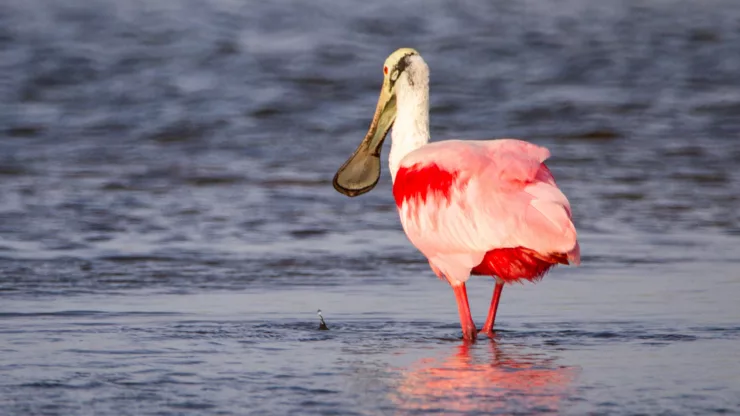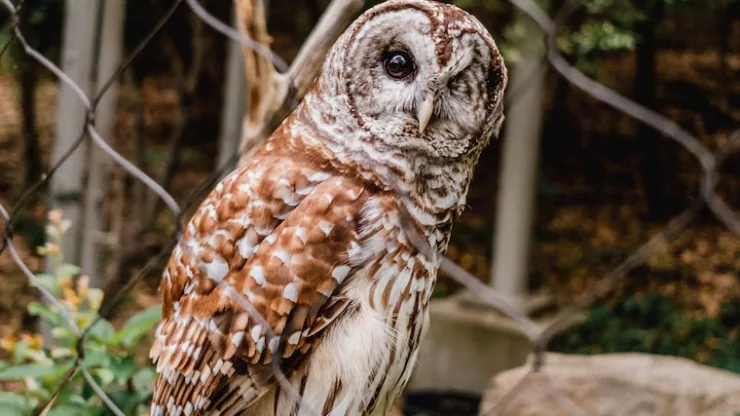Urban Wildlife Management Strategies for Sustainable Coexistence
Urbanization has brought humans and wildlife in close proximity, leading to conflicts and challenges.
Urban wildlife management strategies are essential to ensure the sustainable coexistence of humans and wild animals in urban areas.
This article will discuss the importance of urban wildlife management, effective strategies, and case studies of successful implementation.
Jump to Section
Understanding Urban Wildlife Management
Urban wildlife management is the practice of managing wild animals in urban areas to minimize conflicts and promote coexistence.
It involves a range of measures, including habitat management, education and public outreach, non-lethal deterrents, relocation and translocation, and lethal control.
The goal is to achieve a balance between human needs and wildlife conservation.
Why Urban Wildlife Management is Important
Urban wildlife management is essential for several reasons, including:
Benefits of Sustainable Coexistence
- Promotes biodiversity in urban areas
- Enhances ecological services such as pollination and seed dispersal
- Provides opportunities for wildlife viewing and nature appreciation
Consequences of Poor Urban Wildlife Management
- Property damage
- Public safety risks
- Spread of zoonotic diseases
- Negative impacts on wildlife populations
Effective Strategies for Urban Wildlife Management
Various strategies can be implemented to manage urban wildlife, including:
Habitat Management
Habitat management aims to modify the environment to make it less attractive to wildlife or to provide alternative habitats.
Examples include modifying landscaping, removing food sources, and constructing barriers.
Education and Public Outreach
Education and public outreach programs can help raise awareness about urban wildlife and promote coexistence.
This can include providing information on wildlife behavior, tips for preventing conflicts, and encouraging responsible behavior.
Non-Lethal Deterrents
Non-lethal deterrents are tools used to discourage wildlife from entering urban areas. Examples include visual and auditory stimuli, taste and odor repellents, and motion-activated sprinklers.
Relocation and Translocation
Relocation and translocation involve moving wildlife from urban areas to suitable habitats.
This is typically done when wildlife is causing significant problems or when habitat destruction threatens their survival.
Lethal Control
Lethal control is a last resort and involves killing wildlife to reduce conflicts. This is typically done under strict regulations and only after all other strategies have failed.
Case Studies of Successful Urban Wildlife Management
Several cities have implemented successful urban wildlife management programs, including:
New York City’s Coyote Management Program
New York City’s Coyote Management Program aims to manage the city’s growing coyote population through public education and outreach, habitat management, and non-lethal deterrents.
The program has successfully reduced conflicts between coyotes and humans.
Chicago’s Peregrine Falcon Restoration Program
Chicago’s Peregrine Falcon Restoration Program sought to restore the peregrine falcon population in the city by providing suitable nesting sites and protecting them from human disturbance.
The program has been successful, and the peregrine falcon population has rebounded.
Portland’s Urban Deer Management Plan
Portland’s Urban Deer Management Plan aims to reduce deer-human conflicts by implementing non-lethal deterrents and habitat management.
The program has been successful in reducing deer populations and minimizing conflicts.
The Importance of Sustainable Coexistence with Urban Wildlife
Urban wildlife management is essential to promote sustainable coexistence between humans and wildlife in urban areas.
By implementing effective strategies, we can minimize conflicts and promote biodiversity and ecological services.
The Need for Continued Research and Adaptation in Urban Wildlife Management Strategies
Urbanization is an ongoing process, and new wildlife management challenges will arise.
Continued research and adaptation of strategies are essential to ensure the long-term success of urban wildlife management programs.
FAQ
What are the most effective non-lethal deterrents for urban wildlife management?
Some effective non-lethal deterrents include visual and auditory stimuli, taste and odor repellents, and motion-activated sprinklers.
When is lethal control necessary in urban wildlife management?
Lethal control should only be used as a last resort when all other strategies have failed, and when wildlife is causing significant problems or public safety risks.
How can individuals promote sustainable coexistence with urban wildlife?
Individuals can promote sustainable coexistence by preventing wildlife access to food and shelter, properly disposing of waste, and reporting wildlife sightings or conflicts to authorities.
I’m a nature enthusiast and creator of Metro Wilds and have spent years exploring the great outdoors.
With a passion for environmental conservation and sustainability, I have dedicated my career to writing about the beauty and wonders of nature, as well as the threats facing our planet.
Contact me at [email protected] for assistance.





